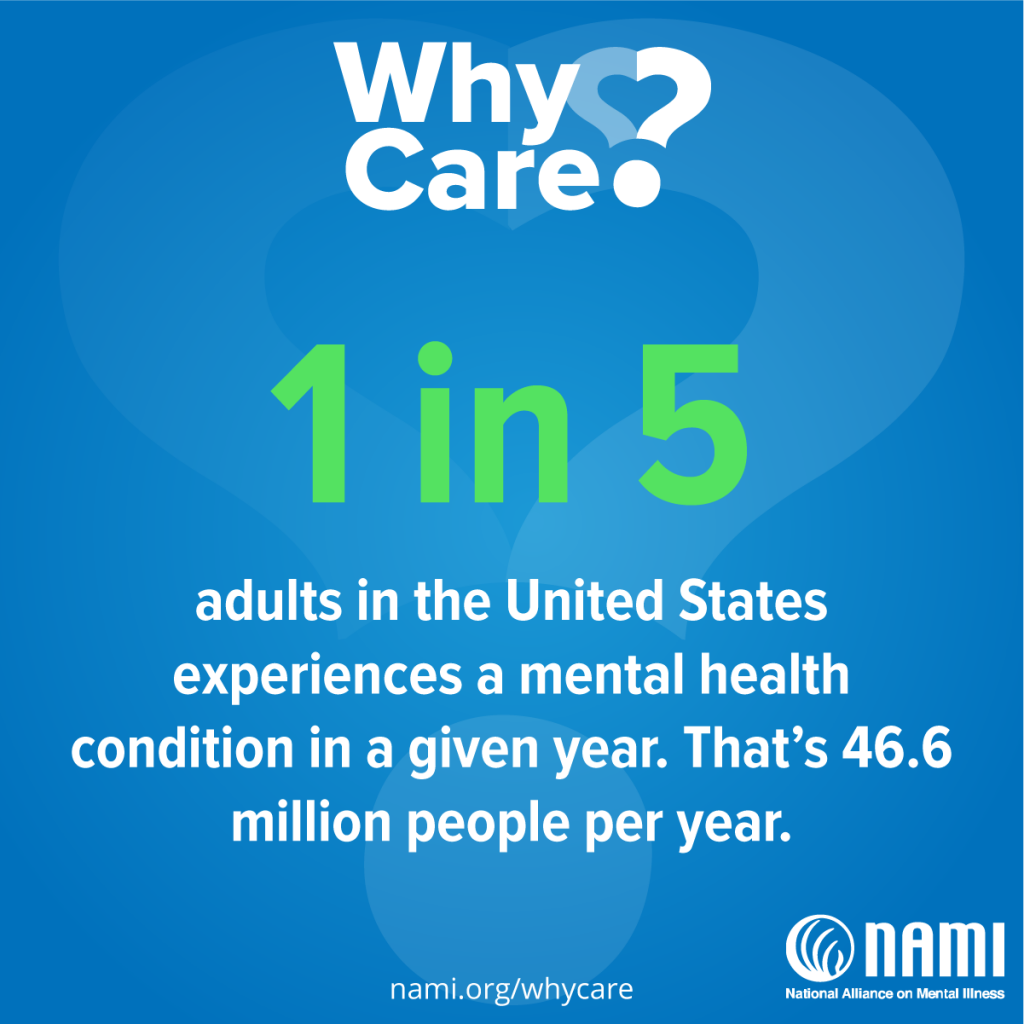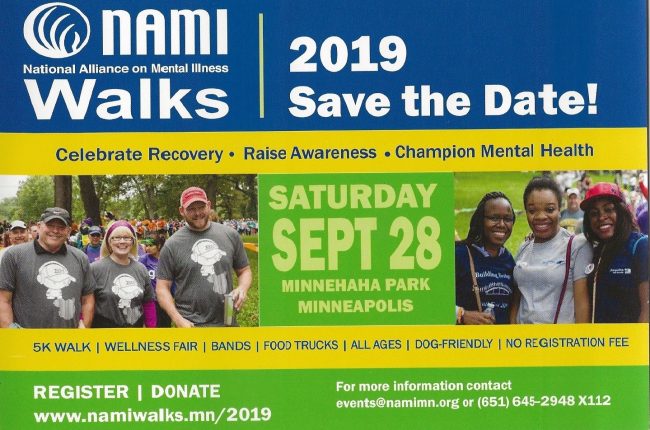You are here. It was not your choice, but you are in the ripple. It was not theirs either: your loved one, friend, co-worker, neighbor, class-mate died from a mental illness.
Their minds took over their brain, turned on them, entered a tunnel they could not get out of, and all they wanted to do was end the mental pain. It did not matter how much we loved them, the bright future they had, the goals they set for themselves, the plans they were making. Faith and hope would not prevail.
- A suicide occurs every 11.1 minutes in the United States (suicidology.org)
- One in five Americans lives with a mental illness (NAMI.org)
The death of someone who dies by suicide not only impacts the immediate family or their closest inner circle, it also affects their community. They leave the community to deal with gut-wrenching emotions, questions, and brutal devastation. There is no healing from this complicated loss, but rather over time, survivors learn to cope with the loss. There is an empty hole that resides in the soul of everyone impacted.
So you are here,
- You lost someone close to suicide;
- You are supporting someone who lost someone to suicide;
- Your extended family, community, workplace, school is affected.
For each death by suicide, 147 people are personally affected. This is 6.9 million people annually. Forty to fifty percent of the population has been exposed to suicide in their lifetime (suicidology.org).
For every death by suicide, at a minimum, six people are devastated (suicide loss survivors). One out 62 Americans in 2017 is a loss survivor (suicidology.org).
These numbers are personal to me because I am a loss survivor. I lost the perfect person, my son, in 2018.
The Ripple Effect
This impact of suicide is called the ripple effect, and there is a high probability you are in that ripple.
There is a high probability you or someone you know is experiencing a mental health condition.

One in five Americans lives with a mental illness
There is no healing from suicide loss. I have seen from others further along in their grief, years past the death of their loved one, that they go on living, but now is the time for the community, friends, and extended family to be an active support system.
- Acknowledge loss survivors will never be the same, nor want to, but do want to be happy again and live life taking their loved one along with them.
- Acknowledge that no person’s social or economic status or family upbringing precludes them from mental illness;
- Many sufferers do not share their mental pain outwardly, and those close to the suffering may not have any idea they are contemplating suicide, including mental health professionals;
- You can help the loss survivors by being there for them and not waiting to be asked or told what they need;
- Advocate reducing discrimination of those with a mental illness;
- Openly talk about mental health to reduce the negative stigma;
- Raise funds to provide community education and resources for those fighting for new legislation on mental health initiatives.
You can support your own family, mine, and others by walking to raise funds for grassroots programs and research to prevent suicide and help those with a mental illness.
There are many national and community-based non-profits. I have chosen the NAMI, National Alliance on Mental Illness, who works with communities and legislators, advocating for those with mental illness to remove barriers and end the negative stigma. You can find a local walk on their website, or you can walk with us and donate to team Willpower here. We accept donations even if you do not walk and you do not need to give to walk.


